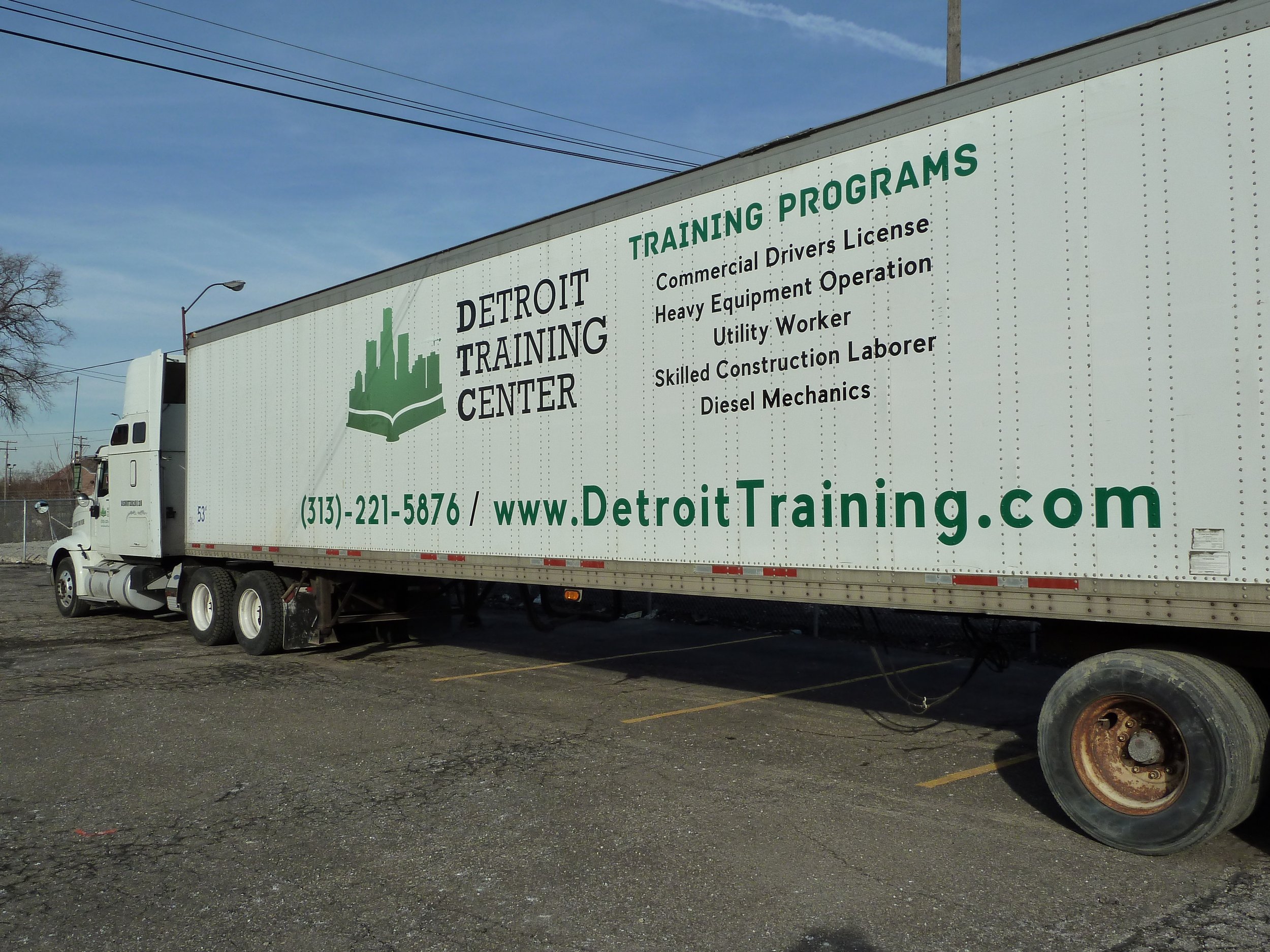Written by: Ainsley Lawrence
Your home is one of the most valuable assets you and your family have. However, there may be times when you find the space no longer fits your needs. This doesn’t necessarily mean you need to look for a new property to purchase. Rather, undertaking a home expansion can give you the extra space you need.
That said, an expansion isn’t something you can improvise. You’ll need to take various preparatory steps before you break ground on your project. Let’s take a look at some of the key elements you’ll need to take care of.
Establish the Scope of the Project
The first preparatory step is to establish the full scope of the project. This helps you keep the project organized, on schedule, and financially viable.
Some of the aspects to focus on when defining the project’s scope should include:
● Budget: Gain clarity on the maximum amount of money you’re willing to dedicate to the expansion project. Having a solid number and sticking to it ensures your expansion doesn’t blow your finances. Remember that your budget won’t simply be dedicated toward the materials and labor of your expansion. There will also be costs involved with permits and inspections. Additionally, you should factor in a percentage for any errors that may occur along the way.
● Contractor consultations: It may be the case that you have the experience or expertise to take care of your expansion personally. If not, it is vital to undertake consultations with an experienced builder or contractor. They’ll be able to give you solid insights into the design options, administrative needs, costs, and potential challenges of your project. As a result, you can make more informed decisions about moving forward.
If you’re unclear whether you have a solid understanding of the scope of your project, it’s always wise to consult a professional. Even if you plan to do the construction work yourself, seeking guidance from a contractor on a purely advisory basis is still worthwhile.
Attend to the Administration
Before you get going on your expansion, there is likely to be some administration to take care of. In some instances, the contractor you’re collaborating with will take care of some of this. However, if you’re going the DIY route, you’ll have to take care of it yourself.
Some of the administration you’ll need to undertake includes:
● Establishing the relevant building codes: There are different building codes for various home additions. These are the rules and regulations that homeowners must abide by when undertaking their projects. This applies to small additions, like sheds, as well as more involved expansions such as garages. These codes are individual to the state you live in. It’s important to research the relevant codes for your area and project so that you don’t risk fines and other penalties.
● Seeking appropriate permits: The building codes for many projects will state that specific permits must be obtained before construction begins. Indeed, you may require different permits for various aspects of your expansion. For instance, if you have to demolish part of your property and need to park a dumpster on the street, you might require a permit for this. Be thorough in your approach and keep your permits organized in case you need to present them.
The administrative element of any expansion project can be a bit of a headache. However, admin is essential for ensuring your project maintains local construction standards. If you’re uncertain of any aspect of codes and permits, your local permit office will usually be able to provide you with guidance on what you need.
Make Safety Arrangements
Safety is paramount for any expansion project. Start by performing a risk assessment on the project. Consider the aspects of the build that could present dangers. You shouldn’t just focus on the use of tools or the potential for debris. Your family’s activities can present additional risks during construction. The more you know about the risks, the better you’re able to prepare for them.
Some considerations here include:
● Personal protective equipment (PPE): If you’re hiring contractors, they will usually provide their own PPE. However, if you’re going the DIY route or your family is likely to be around during construction, you should invest in some safety equipment. At the most basic, this should include hard hats and dust masks. However, if you expect to be moving around in the dark during construction, high-visibility jackets may be practical, too.
● Arrangements for children and pets: The last thing you want is to have young children and pets entering a construction site, particularly if they’re unaccompanied. It’s important to make arrangements to ensure they are supervised and kept away from hazards. If you have pets at home, it may also be sensible to set up noise reduction measures so that the noise of construction doesn’t cause undue distress.
Remember, too, that you have a responsibility to keep the general public safe during construction. You’ll need to take steps to minimize debris leaving your property. It's also sensible to take out public liability insurance to financially protect you if accidents occur.
Conclusion
Taking solid preparatory steps can help ensure your home expansion project proceeds positively. Remember, though, that there’s no “one size fits all” approach to preparation. Each project is unique in its needs, risks, and administration. Take the time to tailor your prep to suit your circumstances and, if you’re ever uncertain, consult a professional.




















